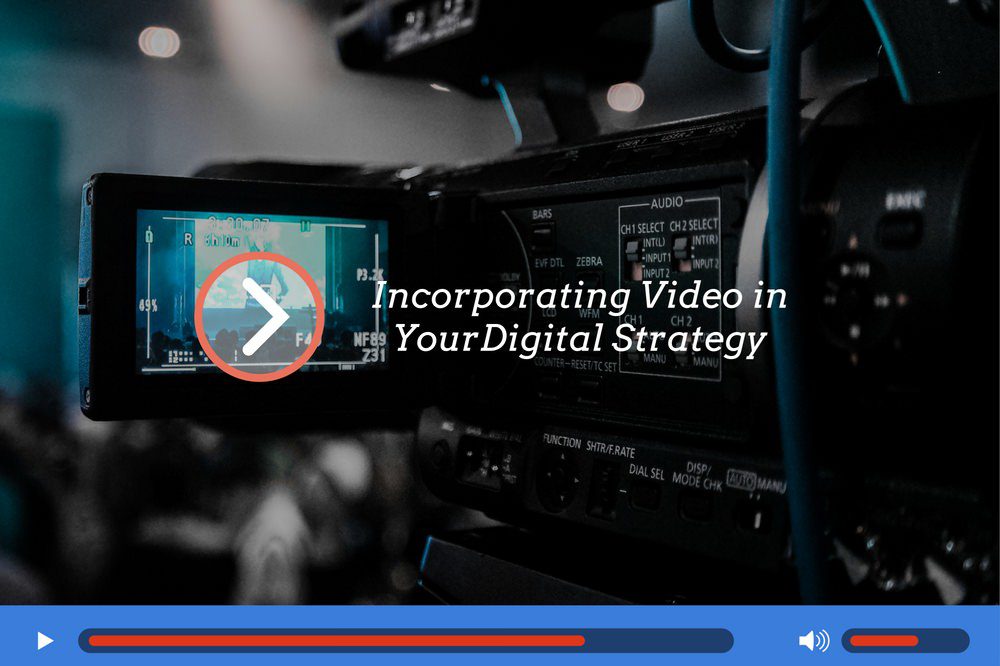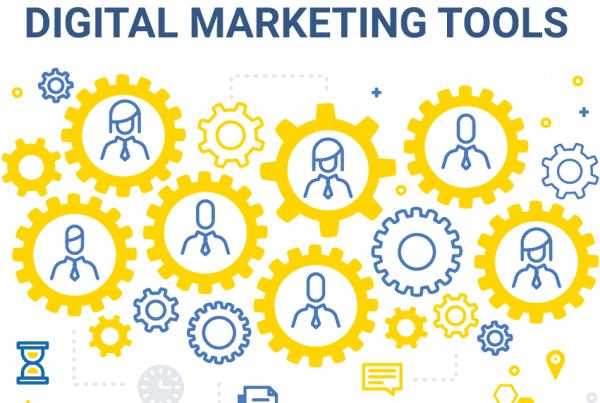
According to Dr. James McQuivey, a one minute video is equal to 1.8 million words. Whether or not you believe that, this is an important question to ponder as video continues its rise as one of the most highly consumed forms of content on the web. You may have noticed this trend — if you scroll through your Facebook newsfeed, you’re bound to pass a number of videos, each automatically playing and vying for your attention. And it’s not just social media.
Video is an effective means of communicating with your audience, regardless of where you use it. Whether you’re sharing a video through your email newsletter, placing one at the top of your website’s homepage, or hosting a webinar, video is an indispensable addition to your digital marketing arsenal.
But how do you use video effectively? How do you determine what kind of content your audience wants to see in these moving pictures? And where do you even start?
1. Determine what is most difficult to communicate to your audience.
Whether or not you agree with Dr. McQuivey, it is indisputable that video makes the most of the real estate it is offered. No other form of content allows you to communicate so much in such a limited space, so it’s important to ask yourself what gets lost in translation when talking with your customers.

Are any of your messages being lost in translation?
- Find yourself repeatedly explaining how your product works, despite the fact that it is explained in-depth on your website? Replace those lines of text with a product demo.
- Do your testimonials lack impact when they aren’t delivered in-person? Record your elated clients as they praise you and your services.
- Struggling to get your audience to connect with your brand? Create a comedic video that highlights your staff, city, or personal interests.
While video has a proven ROI, it can be costly, so you’ll want to identify what your audience doesn’t understand to make the most of your investment.
2. Educate your audience with a webinar
A webinar isn’t the most traditional form of video, but it represents one of the best ways to engage your audience online. Best of all, it can satisfy a number of different needs. Anonymous users will sign up and become leads, offering a great tool for attracting and identifying potential customers. Current clients will sign up to learn something new, further building your relationship and establishing your company as a thought leader. Industry leaders will attend, allowing you to connect with others or learn something new. You can use recordings of the webinar and repurpose the content you cover into other forms, such as a blog or whitepaper.

“Of the lead generation tactics available, webinars are the second most effective type of premium content for marketers” — Ascend 2
Afraid a webinar is too costly? Well, the average cost of conducting one is between $100 and $3000, depending on promotion and technology costs. You can bring costs down by using free web services and promoting your webinar through word of mouth.
3. Pay attention to analytics.
Most people know that one of the strengths of digital marketing is the ability to accurately track data in order to make informed decisions. Rather than broadcasting a message and hoping it speaks to your audience, you can test a number of different strategies and determine what is most effective.
Video takes this one step further. While you can track the number of impressions and clicks a Google ad achieves, you can delve much deeper with videos, tracking how long a user stays engaged, what parts of a video are watched repeatedly, at what point a conversion occurs, and more. The point of video isn’t to get millions of views (although that would be nice); it’s to gain leads, drive conversions, and engage your current clients. It’s about communicating in innovative ways, giving a new spin to a tired message.
What will your video be worth?
Understanding the best ways to use video is no easy task, but these guidelines should help you get started and allow you to focus on what matters. But remember, video doesn’t work in a vacuum. You need a great website, active social media accounts, informative blogs, and other staples of content marketing to make the most of your digital presence. If you’re interested in learning about how Engenius can help you take control of your online identity, give us a call! We’ll help you define your needs and explore ways to address them.



